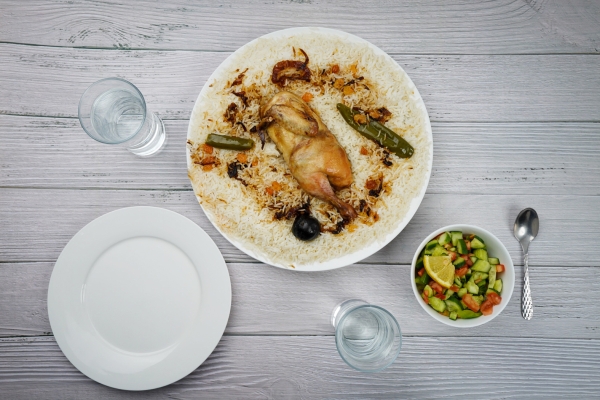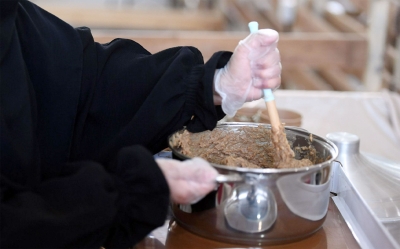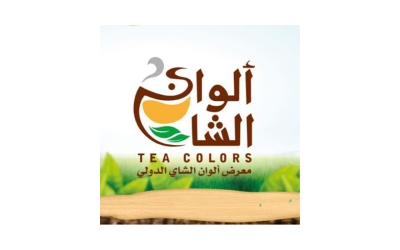
The Mathloutha is one of the popular dishes in the Kingdom of Saudi Arabia and some Gulf Cooperation Council (GCC) countries. The practices of preparing and cooking the Mathloutha originate from several Saudi regions, and it is particularly famous in the capital Riyadh and Qassim Province.
The Mathloutha dish is considered one of the distinctive Najdi popular dishes. It consists of Jareesh, Qursan, and rice, along with meat or chicken.
Mathloutha of the Subaie people
Some narratives suggest that the Mathloutha dish traces its origins to the Subaie tribe. However, some studies indicate that the dish they refer to might not align with its traditional form. The Mathloutha of the Subaie people serves as the namesake, but there are notable differences in quality. In this tradition, when hosting guests, a specific order was observed: first, the broth and dates were served, followed by rice, the slaughtered animal, and milk. This ritual, known as Mathloutha, gained renown within the Subaie tribe. The reason for calling it Mathloutha is that it consists of three meals: dates, broth, and 'Aish' (rice), and meat then milk.
Modern Mathloutha
The preparation of Mathloutha has evolved over time, giving rise to a novel dish that originated in Riyadh Province and its surrounding areas. This new dish quickly gained popularity, leading to the adoption of the term "Mathloutha" for this variation, which soon spread to other provinces.
This type of Mathloutha has been given the name Badiyah Mathloutha, from the Najdi popular heritage. It is a deep plate or bowl in which the three components are placed. The popular Mathloutha consists of three layers: The first layer is Jareesh, which is ground wheat cooked in water, and then milk is added to it. The second layer is the Qursan, which is a thin bread soaked in meat or vegetable broth. The third layer is the rice layer (the top layer), cooked with delicious flavors and a piece of chicken or meat is added to it.
Ingredients and preparation of Mathloutha
Mathloutha is prepared from various food elements, including Jareesh, Qursan, and rice. To prepare Mathloutha, the process starts with white Jareesh. Its cooking typically takes from one to two hours over low heat. Some may opt for fast Jareesh or false Jareesh, but the original Jareesh is superior.
The Jareesh layer in Mathloutha
Jareesh is the first among the Mathloutha layers, where it is soaked for three hours. The key ingredient in its preparation is onion. Begin by sauteing the onion well in the pot, then add the white spices to maintain the color. Gradually add water before incorporating the Jareesh. It's preferable not to add meat or chicken at this stage. Instead, reserve them for later to decorate the top of the dish. Cook the meat separately and garnish the dish with nuts.
After that, the mixture is left on low heat to cook for no less than two hours. Half an hour before the Jareesh is cooked, three cups of milk are added. Then, it is left to cook for fifteen minutes on the stove and beaten with a spoon to blend together.
Qursan layer in Mathloutha
The Qursan is used in the second layer of the Mathloutha. The thick, soft Qursan is used in addition to the common Qursan, which is 'dried'. The 'Maroug,' made of onion and tomatoes, is put in the electric blender, and the spices are added, along with one cube of chicken broth and two cups of water. Then, it is cooked on the stove for about five minutes until it is done. Afterward, the vegetables consisting of squash, potatoes, zucchini, and eggplant are added. Approximately three minutes or less before this Maroug is finished, the eggplant is added, and it is recommended not to add too much water.
For a more distinctive flavor, two cloves of garlic are added to the blender, and the second layer (the Qursan) is placed on top of the Jareesh prepared earlier. After that, a small amount of the broth is taken and sprayed, covering the Qursan with it. It is recommended that the ghee be heavy to prevent the Jareesh from spoiling when placing the Qursan on top of the dish.
The Egyptian white rice layer in Mathloutha
The rice layer represents the last stage of preparing the Mathloutha dish. It is called the usual 'Mushkhul', seasoned with salt, butter or oil, bay leaves, cinnamon, and a hint of cardamom and cloves to impart a distinct flavor. Additionally, olive oil is incorporated. For the protein, whether it is meat or chicken, it is prepared in the oven, roasted, and then placed on top of the white rice with nuts and 'Kashna' (onions cooked with spices and fats), which are sprinkled on the surface of the Mathloutha dish. Additionally, the dish can be garnished with boiled eggs.
Related quizzes
Related articles


